The introduction of the L32A-XS was a landmark in the history of aerial ladders, which has significantly improved aerial rescue operations. The ever increasing density of buildings in inner cities and the lack of space when using aerial ladders pose great challenges for emergency crews, which they can confidently meet with the XS principle.
In operation, the great benefit is that you can work closer to the vehicle in cramped conditions. From the experience of aerial ladder operators and instructors, we know that in many cases it is not the maximum horizontal reach, but the movement of the ladder in confined spaces, past parked vehicles, trees, or street lamps that is of critical importance for the success of the operation.
Some of the innovations are still protected in several patent filings today.
How the development journey of the L32A-XS began
10 years ago, the first L32A-XS articulated ladder came onto the market. It’s time to look back at what features have been added over the last 10 years.
The starting point of the development was the question of how to solve the conflict of interests between a high level of safety and long cage boom length with a compact overall vehicle length. This includes the consideration of how an articulated point retracted into the ladder can be realized from a safety point of view.
After several very elaborate concepts were discarded, we found the solution:
A ladder with retracted articulation point is possible if rungs are omitted. The basic principle is that the cage boom is narrow enough to pass between the lower belts of the underlying sections of the ladder. It was important here that the omitted rungs are not needed to climb the ladder. Therefore, the ladder is extended in such a way that overlapping of the ladder sections is always ensured and the cage boom can be used with any ladder length. This resolved the conflict between a high safety level and a long cage boom with a compact overall vehicle length.
The idea was implemented into the design in 2012 and subsequently tested in intensive endurance tests.
The first series aerial ladder of type L32A-XS went to the Neu-Wulmstorf fire department in August 2013, the first L32A-XS Flat to the Borken fire department.
Innovations in the development history of the L32A-XS that have a significant impact on the safety of the emergency crews and the operational success
In 2013, the first XS aerial ladder, the L32A-XS, was delivered. The first articulated aerial ladder of the 32-m class with a very small action radius.
XS stands for “extra small”, because it’s not only the maximum achievable height that matters in operations. This ladder was designed for very cramped operating conditions. The very narrow action radius made it possible to raise the rescue cage along the front of a building continuously for the first time, even in narrow alleys and including lower floors. This also made it possible to rotate the entire ladder in very confined spaces.
By angling the cage boom, it was now possible to lower the rescue cage directly in front of the driver’s cab. In this position, cage equipment can be ergonomically attached and rescue crews or people to be rescued can get in or out comfortably.
The L32A-XS 2.0 was launched in 2015. In this version, some adjustments to the cage boom made it possible to lower the rescue cage even closer in front of the driver’s cab of the chassis and thus to further reduce the radius of action, which is critical to successful operations. Starting from this generation, the rescue cage could support a load of 500 kg. Up to 5 people can now be accommodated in the rescue cage.
Ever since this generation, the rescue cage has an integrated waterway, which enables the emergency crews to attach the water monitor (mechanical or electrical) directly to the rescue cage without having to connect a hose first.
In 2016, the rescue cage with removable multifunctional columns was introduced. This opened up completely new operational possibilities. One of the central workplaces of the emergency crews – the rescue cage – was significantly optimized and now offered, among others, various additional working positions and areas as well as new additional equipment:
The possibility of attaching the swiveling stretcher support (SKL) both to the floor of the cage and to the cage railing opens up completely new operational possibilities. Patients can be lifted directly onto the stretcher even from dormer windows, for example. Obese people of up to 300 kg can be carried in the cage with the stretcher. Patient rescue, which is increasingly being undertaken by fire departments, has been made much easier since the introduction of this technology.
This position of the patient is also regarded as very favourable by the emergency services: when the patient is on the floor of the cage, they can be optimally cared for and, e.g., cardiopulmonary resuscitation is possible in this position within the rescue cage.
Furthermore, three upright access points have made it easier to get in and out of the cage.
In 2018, the L32A-XS 3.0 was introduced. It features CAN-Safety control technology as well as a weight-optimized ladder and rescue cage for better performance. The latest Machinery Directive was complied with, among others.
The latest generation is the L32A-XS 3.2, which has been built since 2022. It features new displays (Rosenbauer RBC LCS 3.0) and a new operating concept, among other things. Many other vehicles in the Rosenbauer range offer this operating concept.
The messaging and warning concept was also significantly revamped. It offers new automatic functions and is ready for further assistance systems.
This article gives just a brief overview of the versatile development history and features of our L32A-XS aerial ladder. Watch out for more interesting articles in this anniversary year.
Here are some figures
Chassis type distribution
| Total | 909 | 100% |
| Mercedes-Benz | 606 | 67% |
| MAN | 156 | 17% |
| Scania | 103 | 11% |
| Andere | 44 | 5% |
| Davon: | ||
| Atego | 441 | 49% |
| TGM | 144 | 16% |
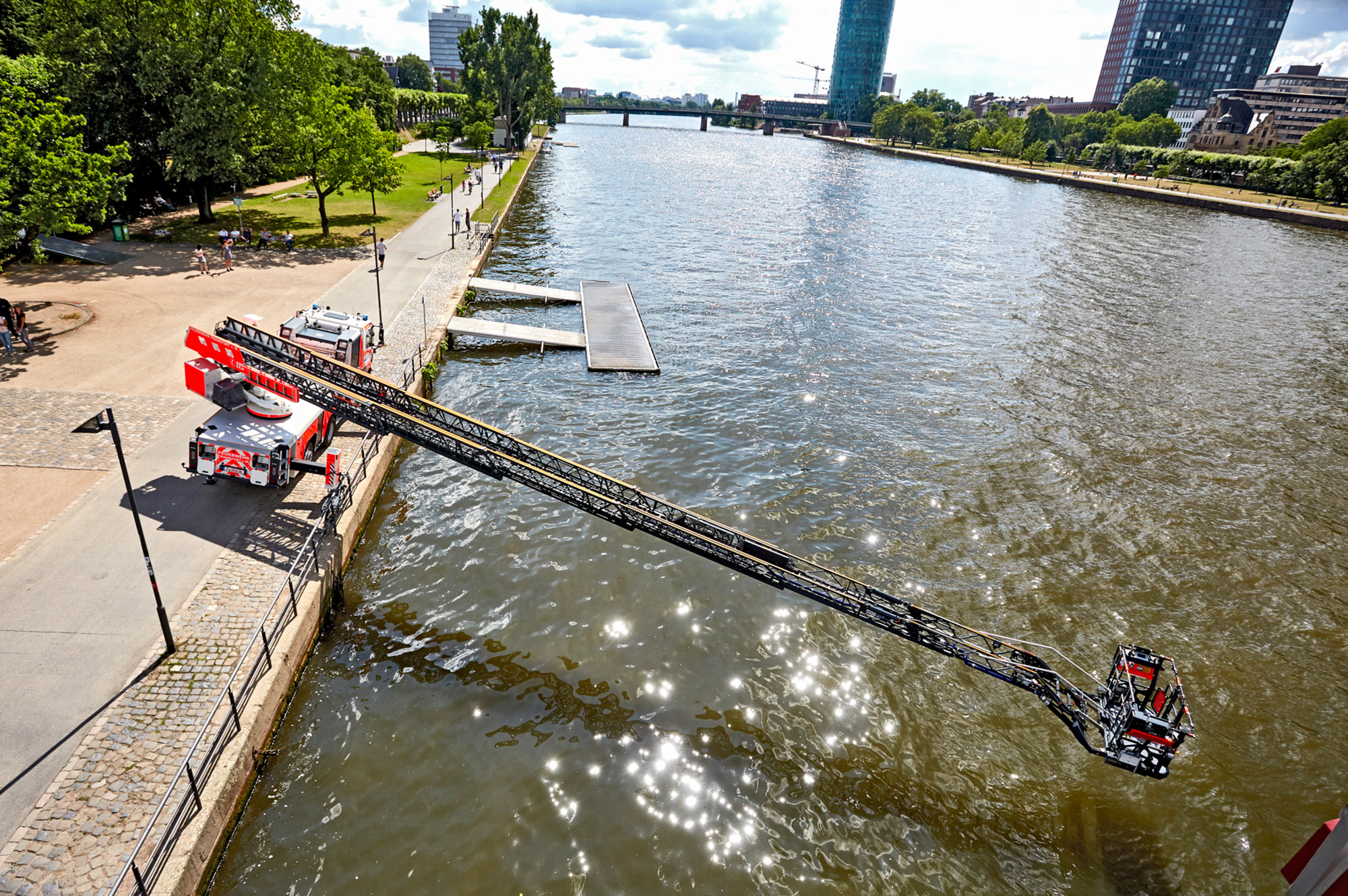
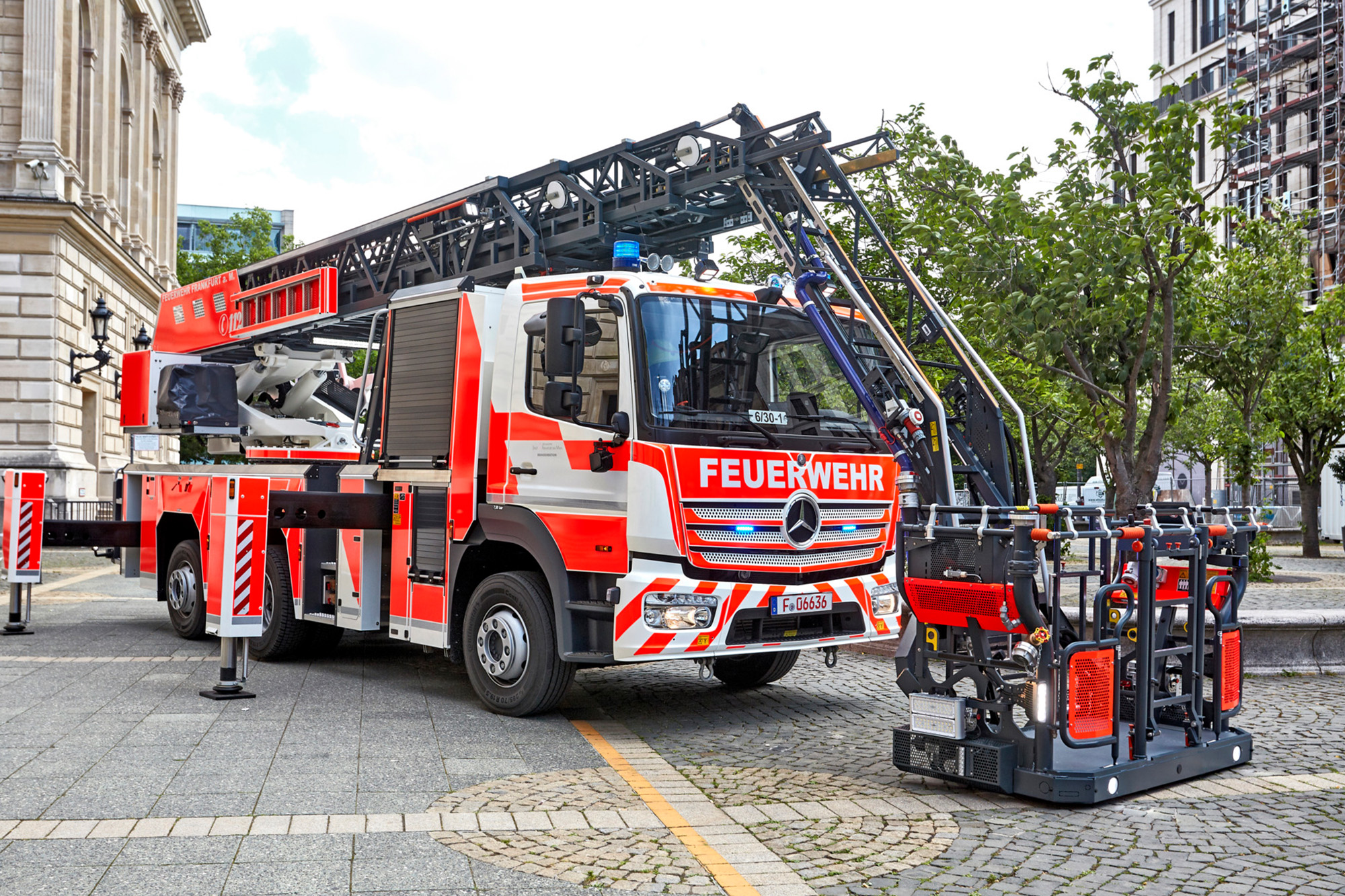
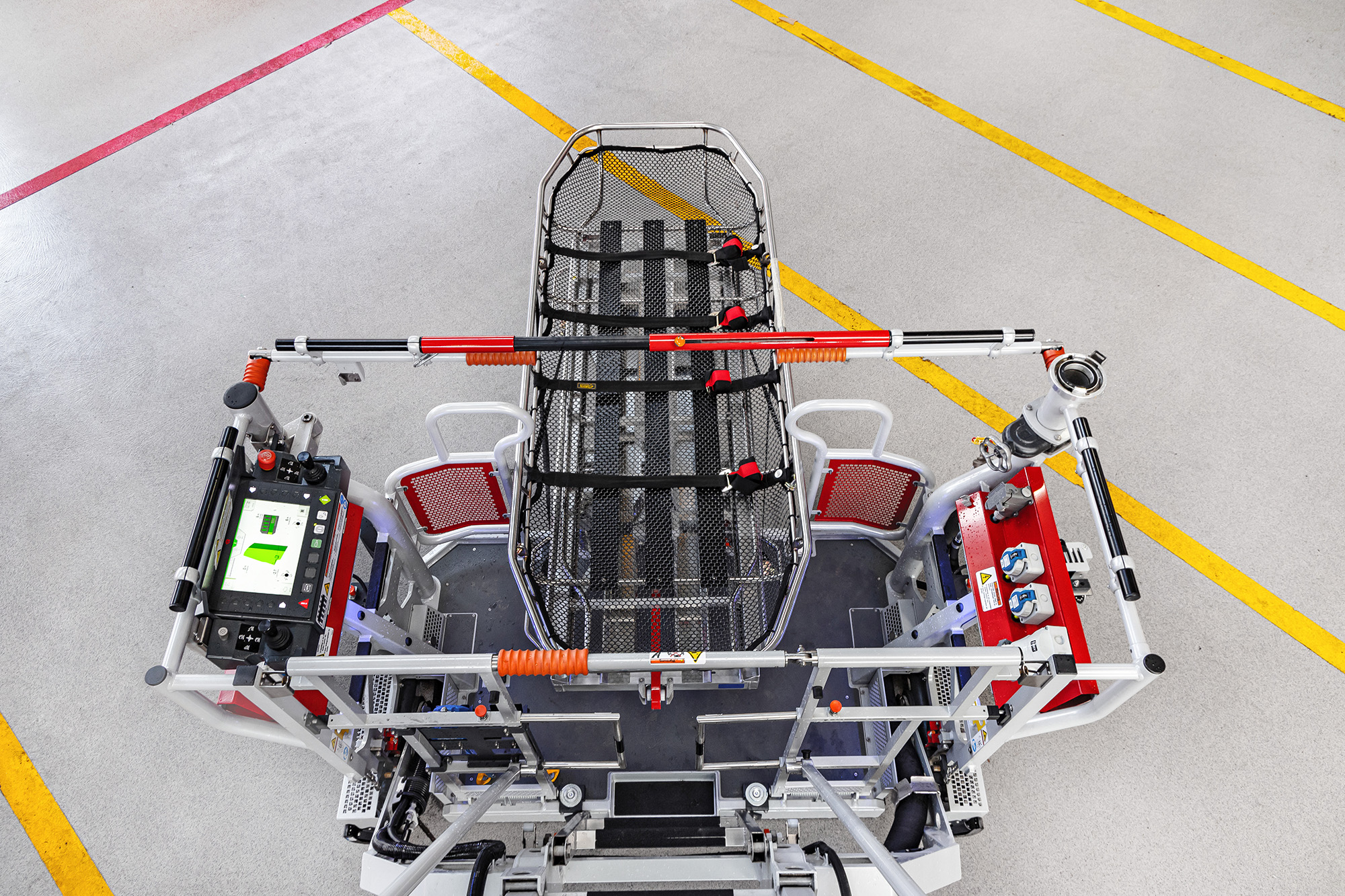
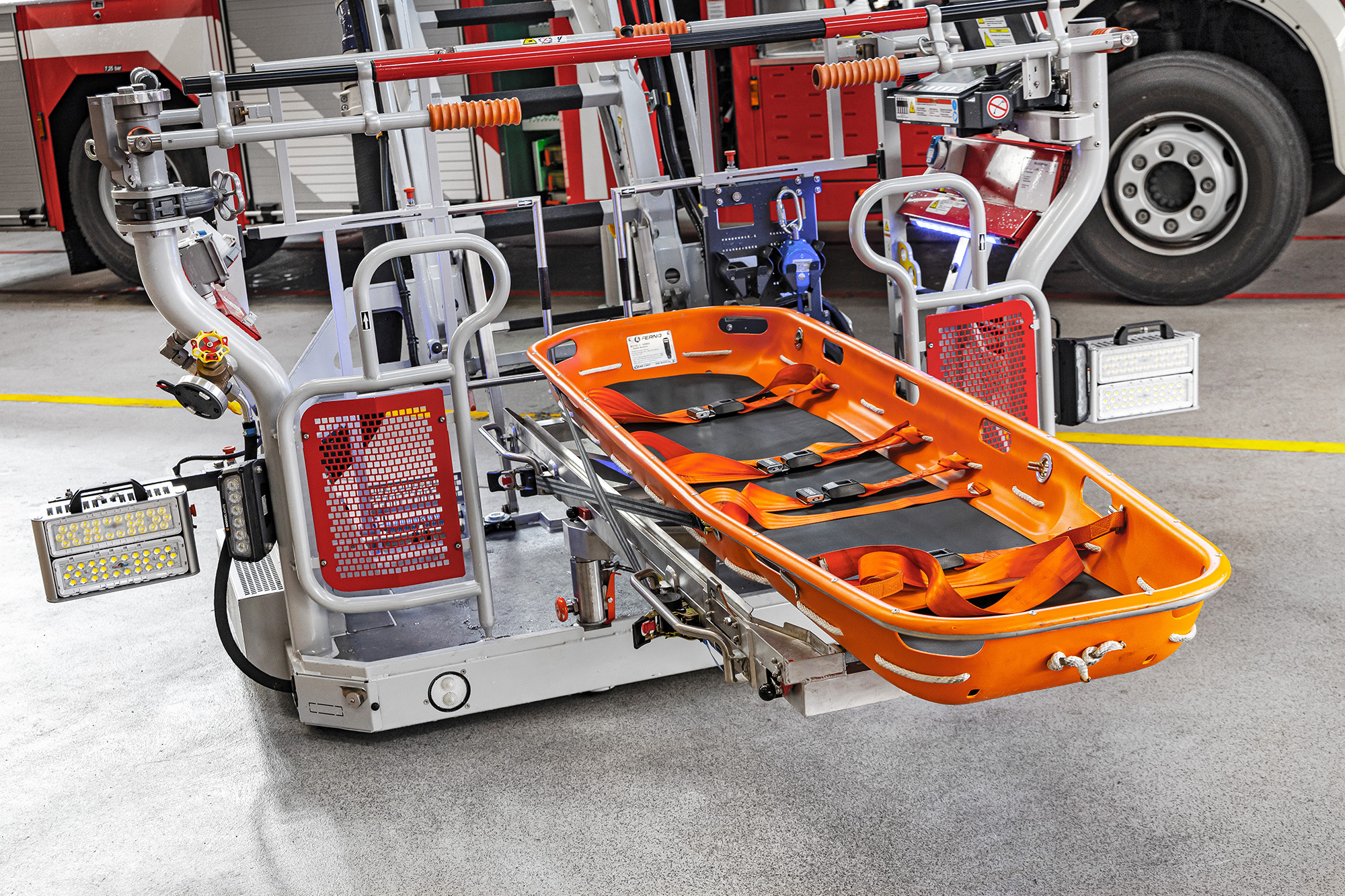
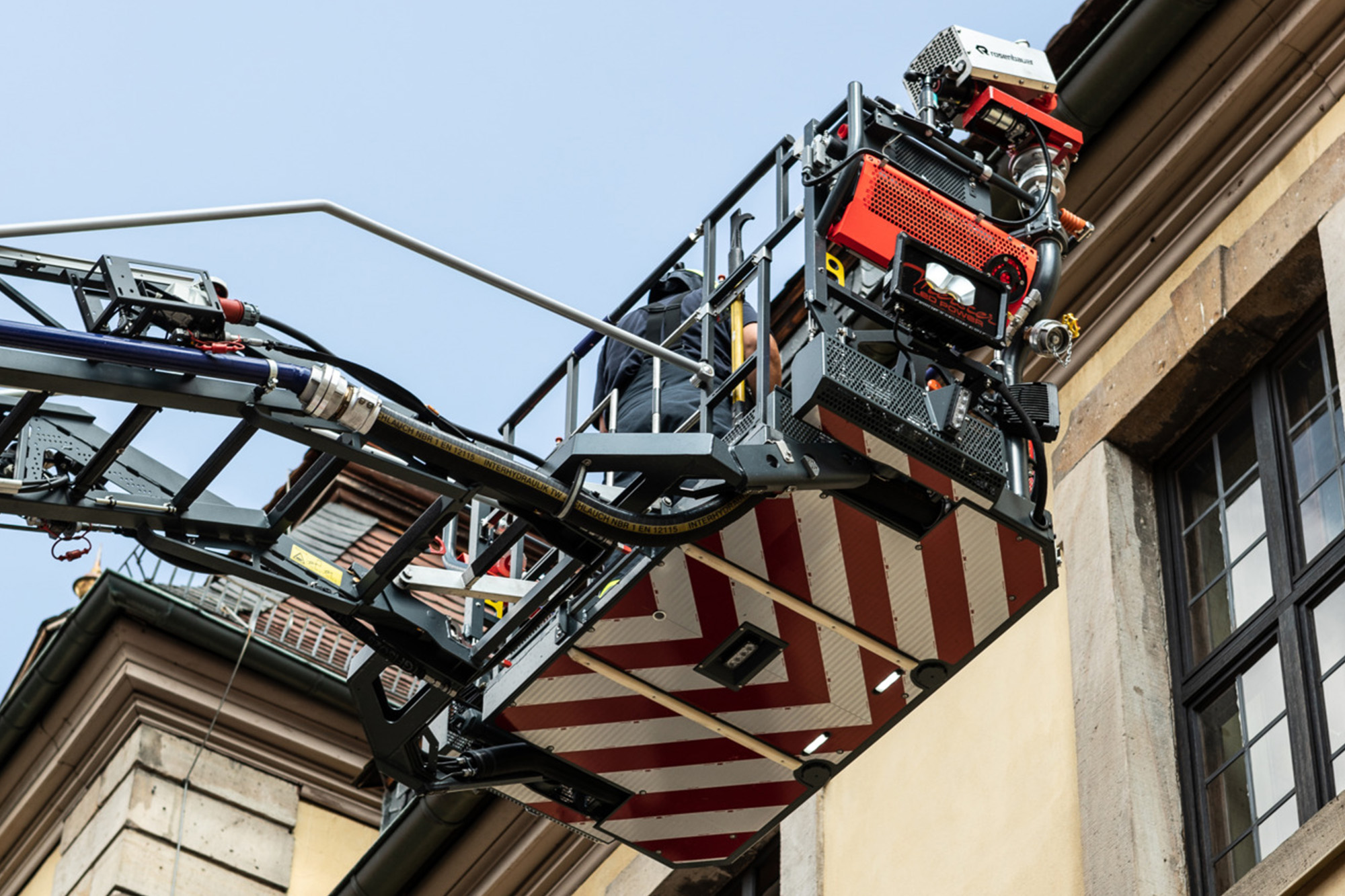
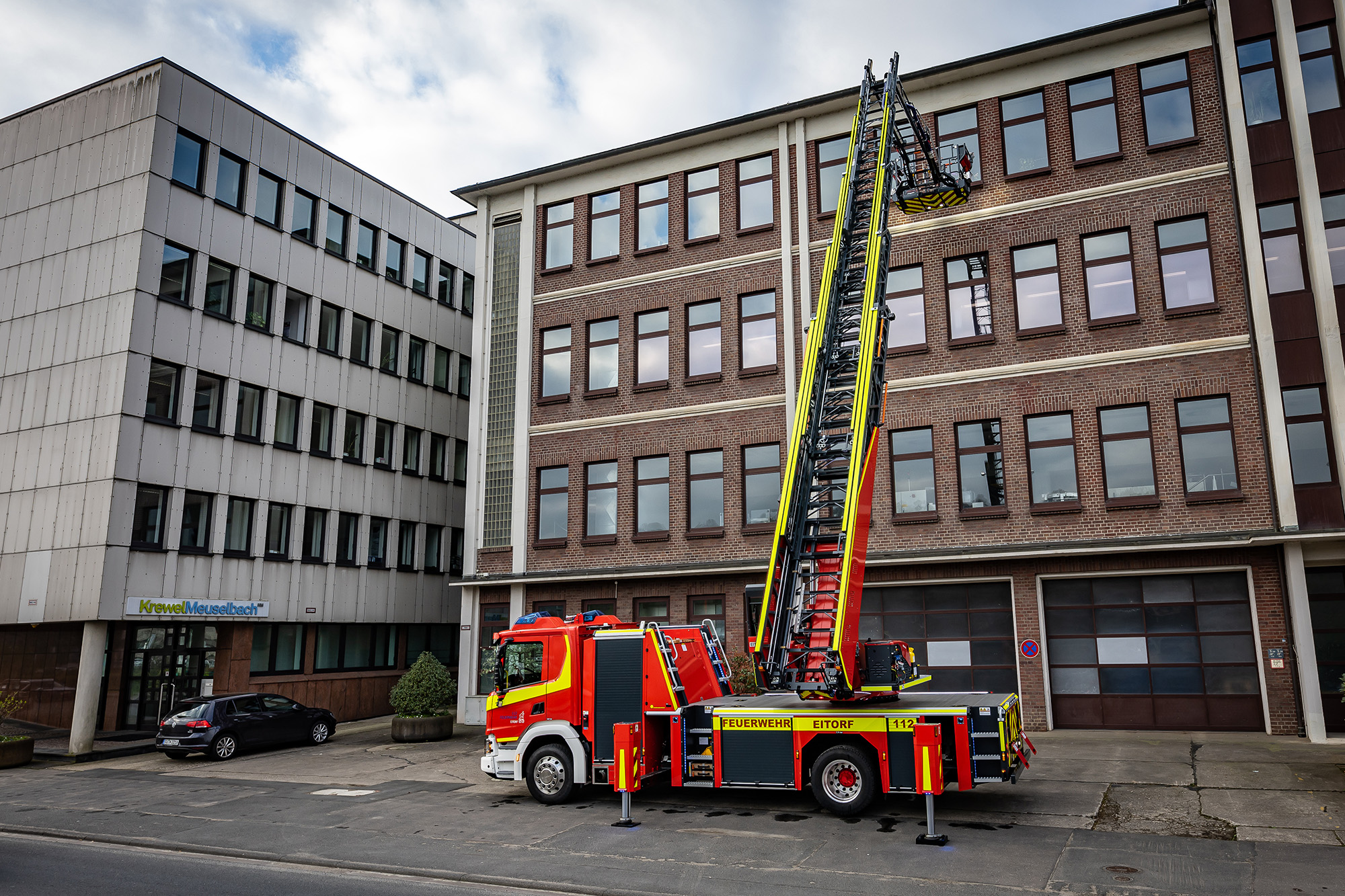
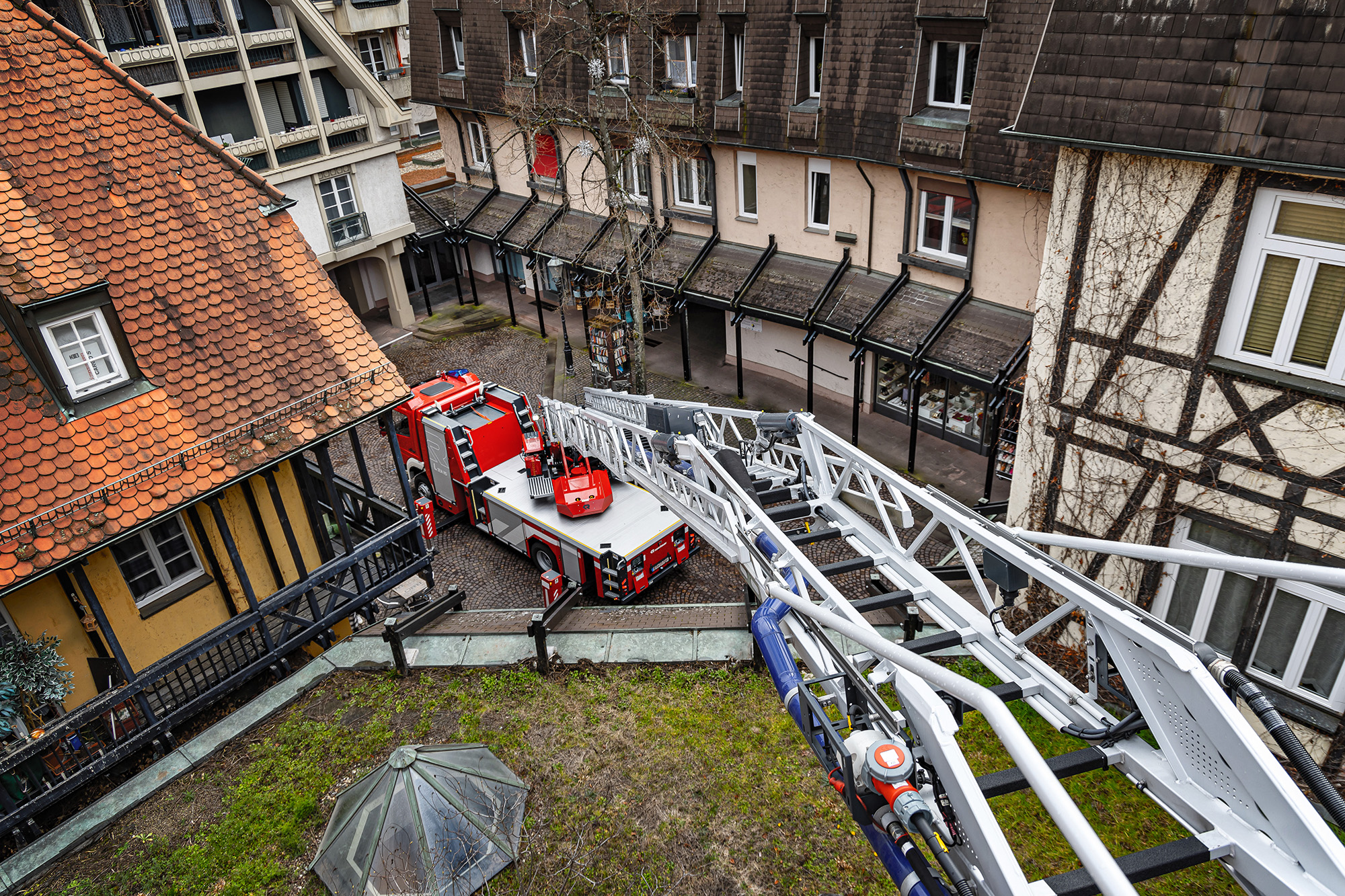
Leave A Comment